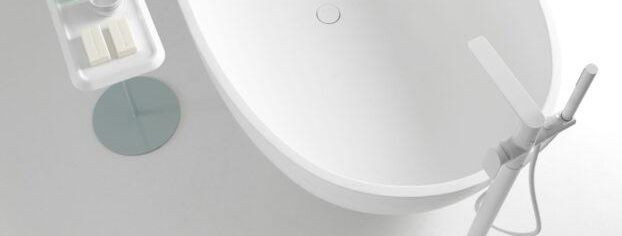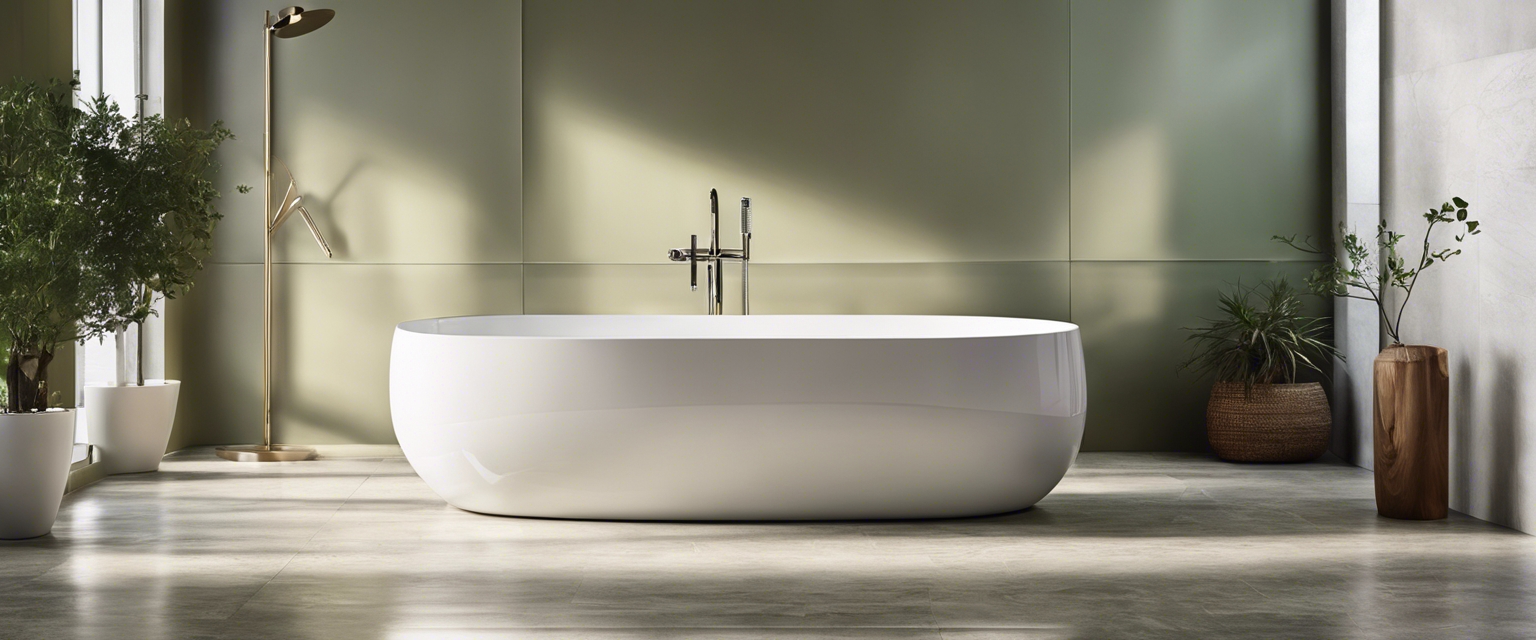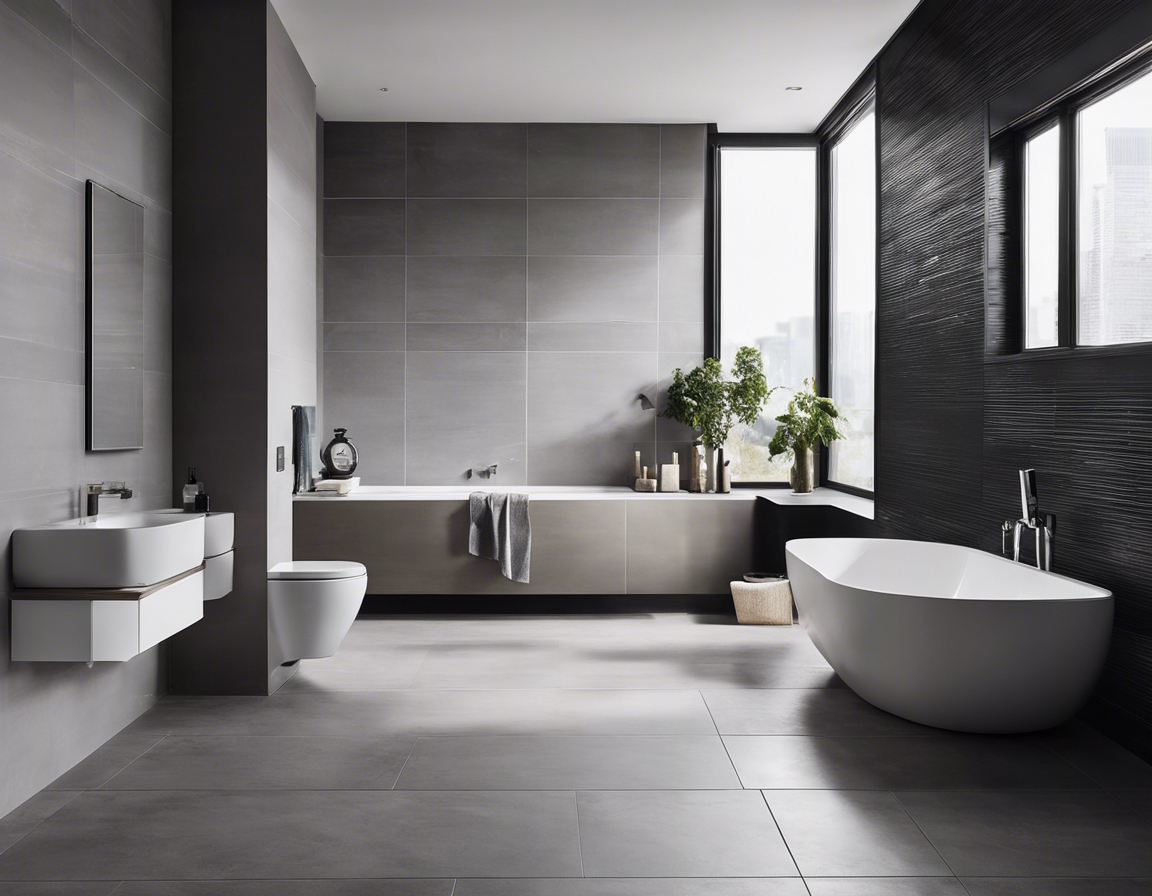The ultimate guide to choosing sanitary ware
Sanitary ware is a critical component of any bathroom or washroom. It encompasses all the ceramic fixtures and fittings that make up the functional aspects of the space, including toilets, basins, bidets, and sometimes even bathtubs and shower trays.
Understanding the Basics of Sanitary Ware
There are several types of sanitary ware available, each serving a specific purpose. Toilets come in various designs such as wall-hung, close-coupled, and back-to-wall models. Basins also vary, with pedestal, wall-mounted, and countertop options. Bidets and urinals are additional fixtures that can be considered depending on personal preferences and space availability.
The most common material for sanitary ware is ceramic, known for its durability and easy-to-clean surface. Other materials include porcelain, vitreous china, and even metals like stainless steel for more industrial or contemporary settings.
Factors to Consider When Choosing Sanitary Ware
Design is paramount when selecting sanitary ware. It should complement the overall style of the bathroom, whether that's modern, traditional, or somewhere in between. Aesthetics also play a role in creating a relaxing and inviting atmosphere.
High-quality sanitary ware can withstand the test of time. It's essential to choose fixtures that are resistant to wear and tear, chipping, and cracking. Durability ensures that the bathroom remains functional and beautiful for years to come.
Comfort is crucial, especially for fixtures like toilets and bidets. Ergonomic designs that cater to the user's needs can significantly enhance the bathroom experience.
Space constraints must be considered when choosing sanitary ware. Compact designs can save space without compromising on style or functionality.
Water efficiency is increasingly important in today's world. Look for sanitary ware with low-flush toilets and water-saving features to reduce water consumption and utility bills.
Sanitary ware should be easy to clean, with smooth surfaces that prevent the buildup of dirt and bacteria. This ensures a hygienic bathroom environment.
Consider the ease of installation and compatibility with existing plumbing. Some designs may require additional work, which can affect the overall cost and feasibility of the project.
Popular Trends in Sanitary Ware
Smart toilets and touchless faucets are gaining popularity for their convenience and hygiene benefits. These high-tech options can also contribute to water conservation.
Eco-friendly sanitary ware is designed to minimize environmental impact. This includes low-flush toilets and recycled materials.
Minimalist designs are trending, with clean lines and simple forms that create a sense of calm and order in the bathroom.
Choosing the Right Brand and Supplier
Research brands and read reviews to gauge the quality and reliability of their products. A reputable brand is more likely to offer high-quality sanitary ware that meets your expectations.
Consider the warranty and after-sales service offered by the supplier. A good warranty can provide peace of mind, while excellent after-sales service ensures that any issues are promptly addressed.
While price is an important consideration, it should not be the sole deciding factor. Evaluate the value that the sanitary ware brings in terms of durability, design, and functionality.
Maintenance and Care for Sanitary Ware
Regular cleaning is essential to maintain the appearance and hygiene of sanitary ware. Use appropriate cleaners and avoid abrasive materials that can damage the surface.
Be prepared to deal with common issues such as clogs, leaks, and stains. Knowing how to address these problems can extend the life of your sanitary ware.





Comments (0)